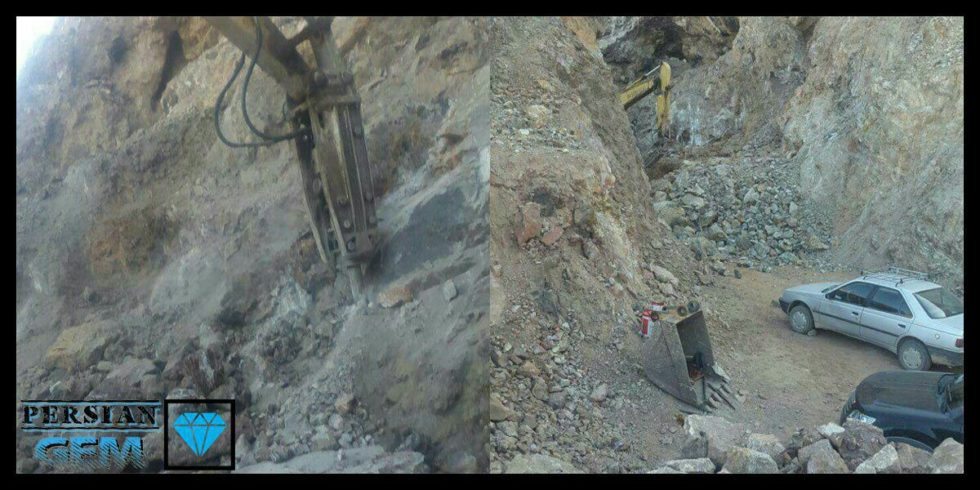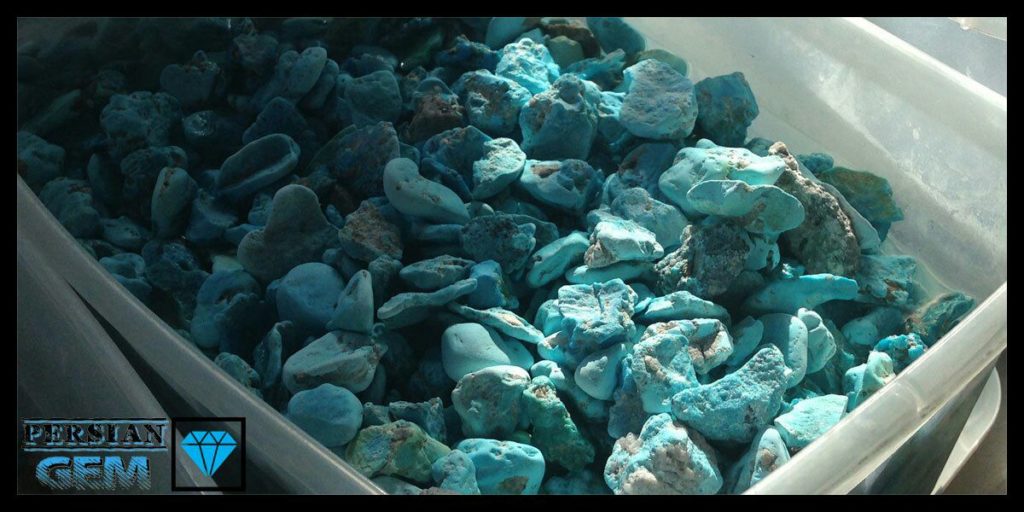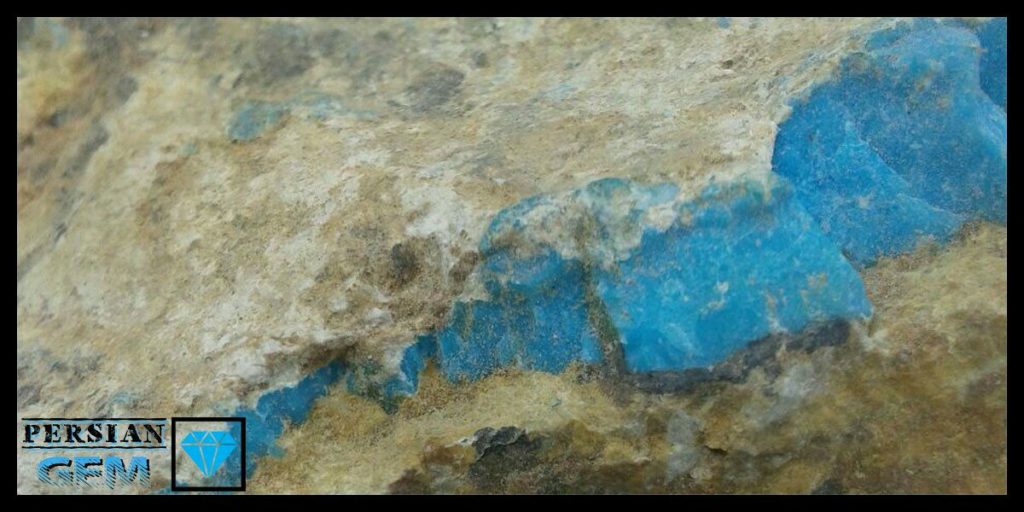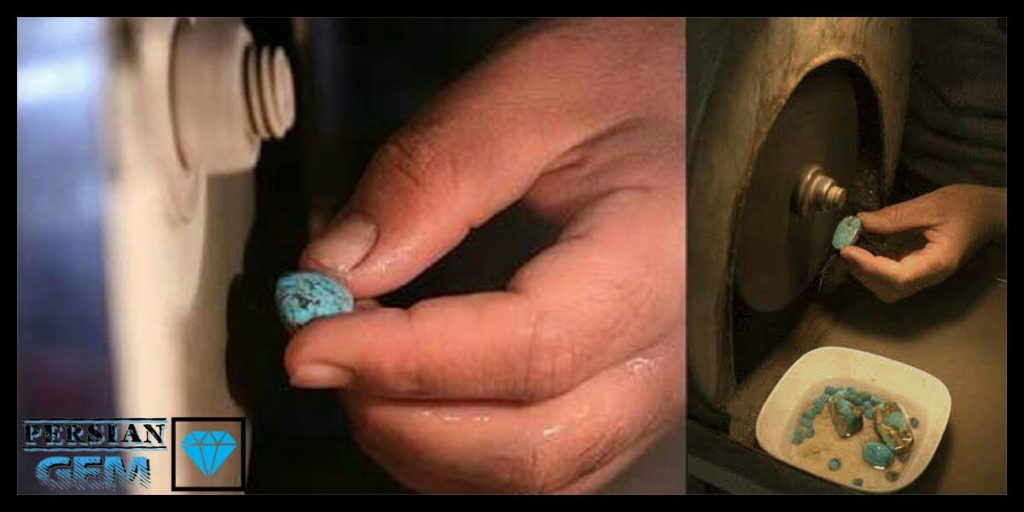Address
304 North Cardinal
St. Dorchester Center, MA 02124
Work Hours
Monday to Friday: 7AM - 7PM
Weekend: 10AM - 5PM
Address
304 North Cardinal
St. Dorchester Center, MA 02124
Work Hours
Monday to Friday: 7AM - 7PM
Weekend: 10AM - 5PM


Chemical Characteristics: Turquoise is a hydrated aluminum and copper phosphate with the chemical formula CuAl₆(PO₄)₄(OH)₈·4H₂O.
Physical Characteristics: Its main color is blue, although green and light blue variations can occur, sometimes with small brown or black veins. The streak of turquoise is white, and it has a dull to waxy luster. Its hardness ranges from 4.0 to 6.0, and its density is between 2.30 and 2.85. Turquoise shows no cleavage and typically fractures in a conchoidal or uneven pattern.
Optical Properties: Turquoise is opaque, with a refractive index of 1.610 to 1.650 and a birefringence of 0.040. It is strongly biaxial (+), but visible double refraction is not noticeable. It has slight dispersion, no pleochroism, and only one color is visible. The absorption spectrum shows a band at 432 nm, characteristic of the turquoise spectrum system. Fluorescence is weak, appearing greenish or bluish. Inclusions may include limonite, quartz, pyrite, or veins of matrix.
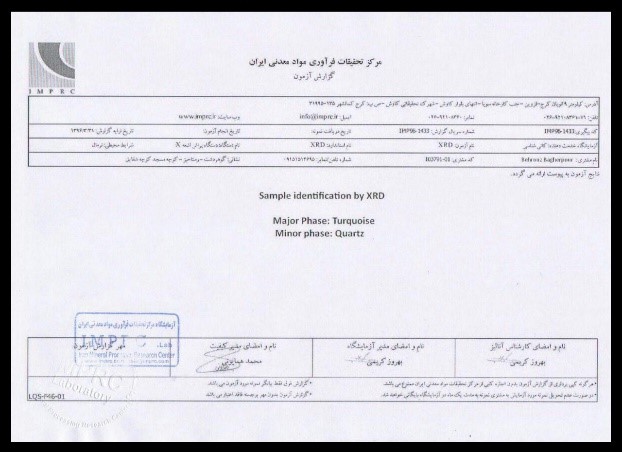
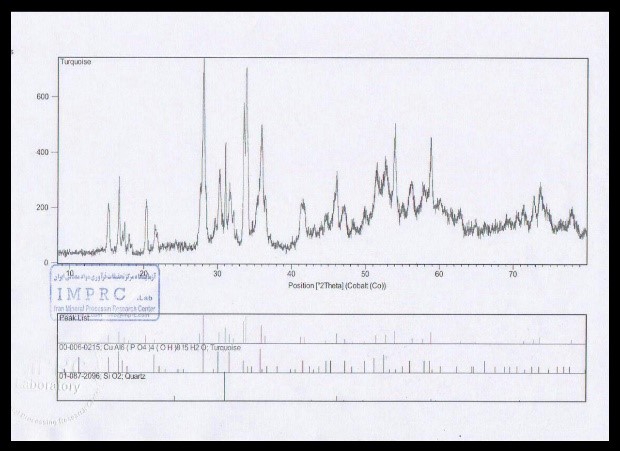
Turquoise (Firouzeh) is a rare and valuable gemstone, displaying a spectrum of colors from blue to green and classified as a phosphate mineral. This gemstone is commonly used in jewelry such as rings, necklaces, earrings, and other decorative items.
Turquoise (Firouzeh) can be found in regions like Iran, the United States, Egypt, and more. Iranian turquoise is considered the finest in the world. The mines in Iran have been producing this gemstone for several thousand years. Despite being called “Turkish stone” in Europe—because it passed through Turkey—it originally comes from Persia. The Greeks referred to it as “callaite,” and it was considered sacred by Egyptians, Persians, Tibetans, Indians, Mayans, Aztecs, and Incas.
The color of turquoise is determined by its chemical composition: copper gives it a blue color, iron produces green, and aluminum results in white. Turquoise is considered a living stone, and if it loses water, it can lose its color and vitality.
Daily care is important, as turquoise is fragile and sensitive to household products, greases, detergents, cosmetics, heat, and dehydration. Porous or low-hardness turquoise is especially delicate, which contributes to the popularity of Iranian turquoise. Gemologists also need to be careful when measuring refractive index, as optical liquids can affect the stone.
